Celebrate National Book Lover’s Day with Twelve Sci Fi Classics
Discover the 12 best sci-fi novels that every fan should read. From classics to modern gems, find perfect books to ignite your imagination or gift to fellow enthusiasts.
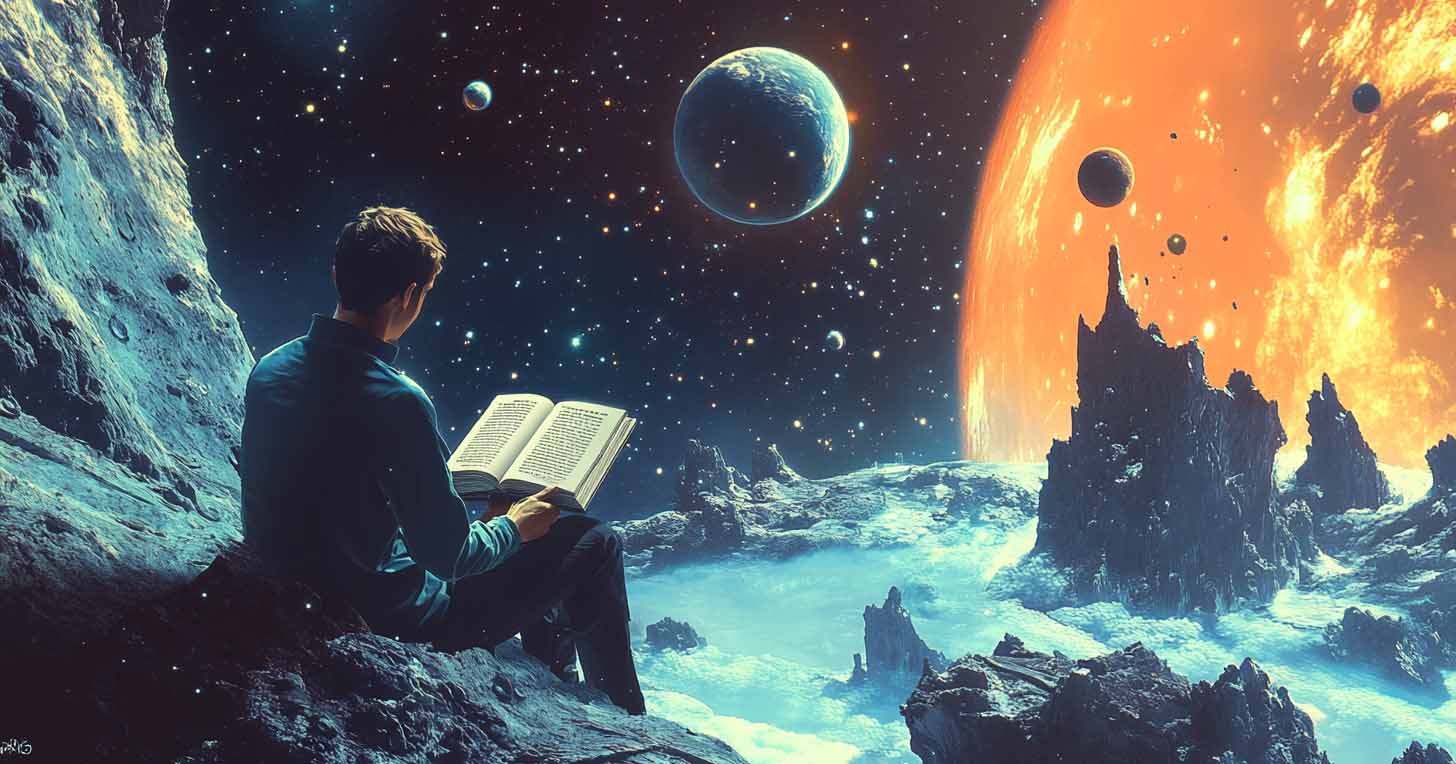
There is something pleasing about a day set aside for readers. National Book Lover's Day is a reminder that books still matter, even in an age of constant distraction. For readers of science fiction, it offers an excuse—if one is needed—to spend time with stories that ask big questions and explore possible futures.
Science fiction is not just about gadgets or distant planets. It is about people, ideas, and the paths we might take. A well-told story can make the unfamiliar seem logical and the fantastic seem reasonable.
Some readers prefer detailed world-building. Others look for tight plots or careful speculation. The best stories offer all three, and they remain worth reading long after their publication.
If you find yourself with a bit of quiet time this August, consider picking up something new—or familiar. There is always another idea to consider or another future to explore.
"Dune"
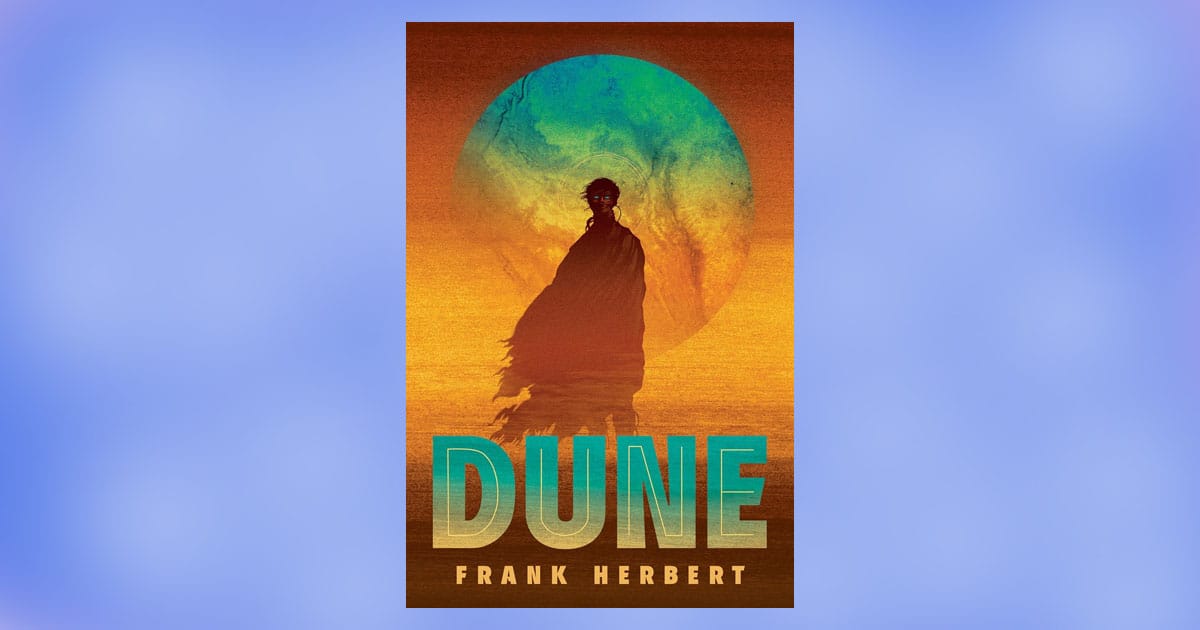
Frank Herbert's "Dune" remains one of the most ambitious works in science fiction. It takes place on the desert world of Arrakis, where water is scarce, and power lies in the hands of those who control the spice. Herbert explores the rise of a young man shaped by prophecy, politics, and betrayal. The book reads like a blend of myth, ecological warning, and political theory.
This deluxe edition adds weight to an already weighty story. The physical book is handsome and durable, a gift fit for any reader with a serious shelf. For those who appreciate world-building with depth and systems that feel real, "Dune" delivers more than most. It is not light reading, but it remains rewarding with each revisit.
"The Foundation Trilogy"
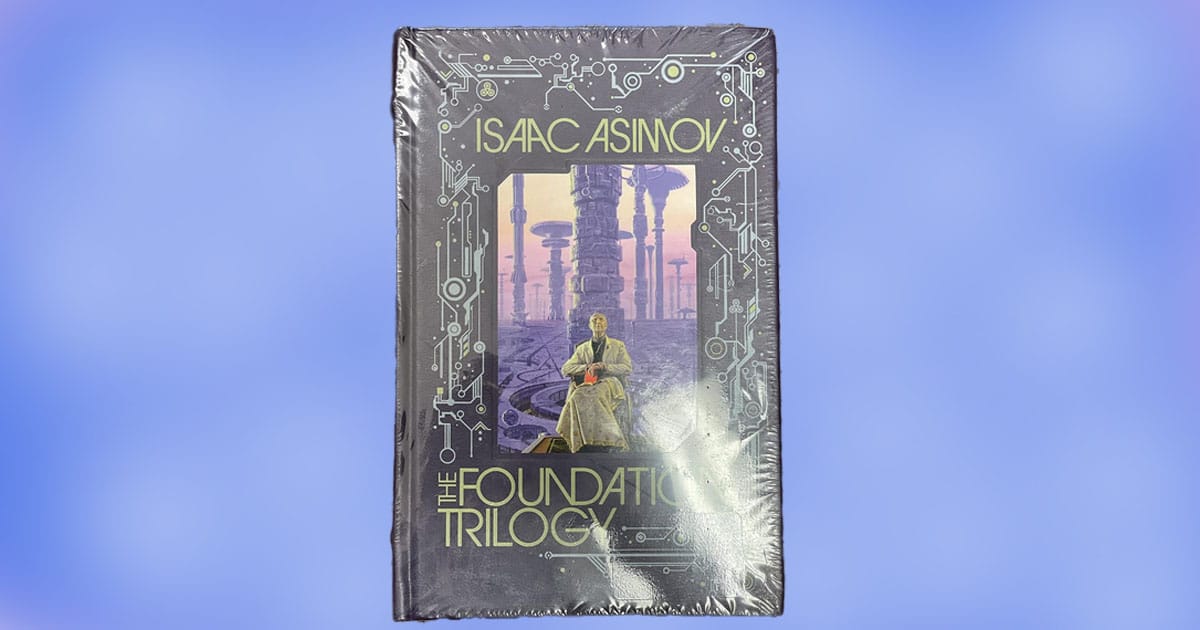
"The Foundation" series is Isaac Asimov's grandest achievement. It imagines the fall and possible revival of a Galactic Empire through the lens of psychohistory—a science that blends mathematics and sociology to predict the future. The New Trilogy, written after the original run, connects the earlier books into a more cohesive arc, showing Asimov's talent for logic-driven storytelling.
This leather-bound edition adds formality to function. The sealed cover, gold-edged pages, and firm binding make it a collector's piece, but the ideas inside still carry weight. Few books in the genre have shaped so much of what came after. Asimov's work is clean, focused, and often surprisingly prescient. This edition respects both the words and the man behind them.
The Hainish Novels
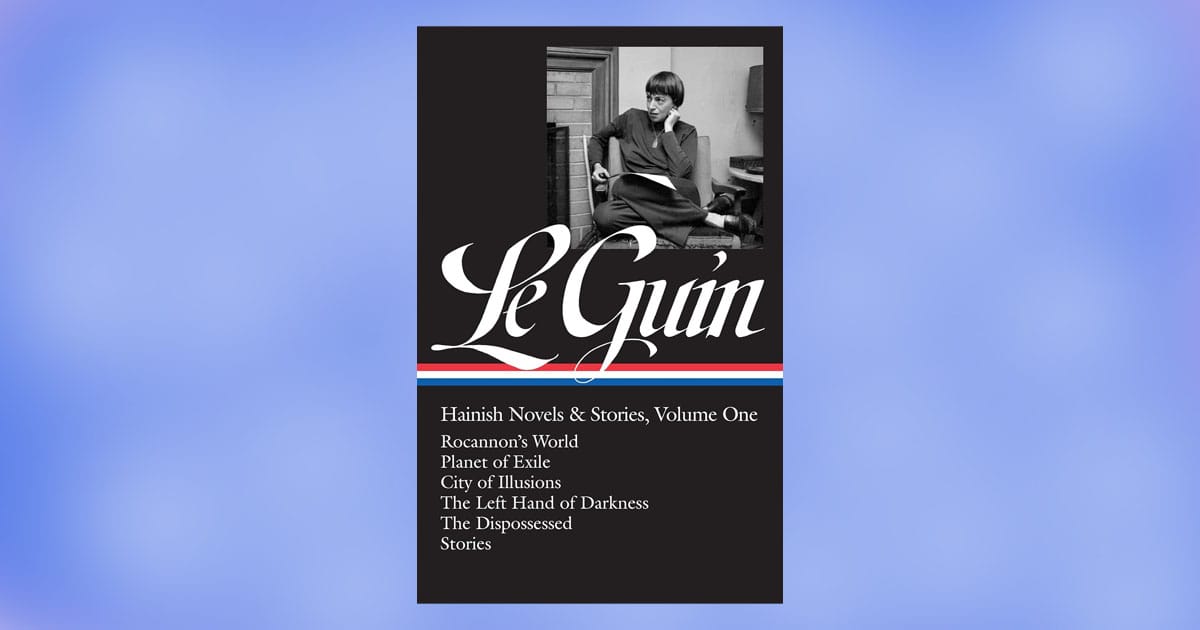
Some stories do not shout—they suggest. The Hainish novels and stories by Ursula K. Le Guin form a quiet constellation in science fiction. This volume gathers early works including "Rocannon's World," "Planet of Exile," "City of Illusions," and the pivotal "The Left Hand of Darkness." Though each tale takes place on a different world, they share a methodical interest in culture, communication, and the weight of first contact.
Le Guin uses science fiction as a lens, not a canvas. Her prose remains exact, even when the subject is complex. The conflicts arise not from war, but from misunderstandings, beliefs, or fears. These are slow-burning narratives that ask the reader to think rather than react. Few collections offer such a steady mix of imagination and restraint.
"Space Odyssey"
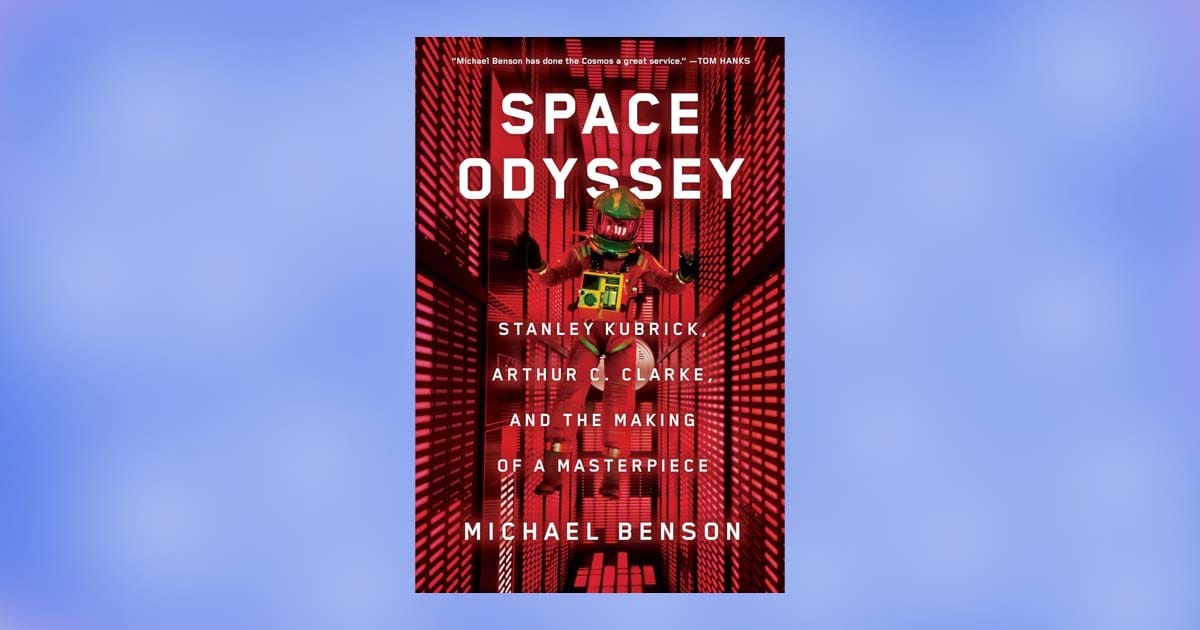
"Space Odyssey" traces the unlikely partnership between Stanley Kubrick and Arthur C. Clarke, two minds drawn together by a shared interest in the future. What began as a conversation turned into a film that reshaped how science fiction was seen—and what it could accomplish. This book follows that process from early notes to final cut, balancing technical detail with personal recollection.
The narrative avoids exaggeration. Instead, it focuses on how deliberate choices in design, music, and story produced a film that still invites interpretation. The visual effects remain a reference point, but the ideas behind them matter more. Readers interested in how art and science meet on screen will find steady insight here. It is a story of invention rather than inspiration.
"Hyperion"
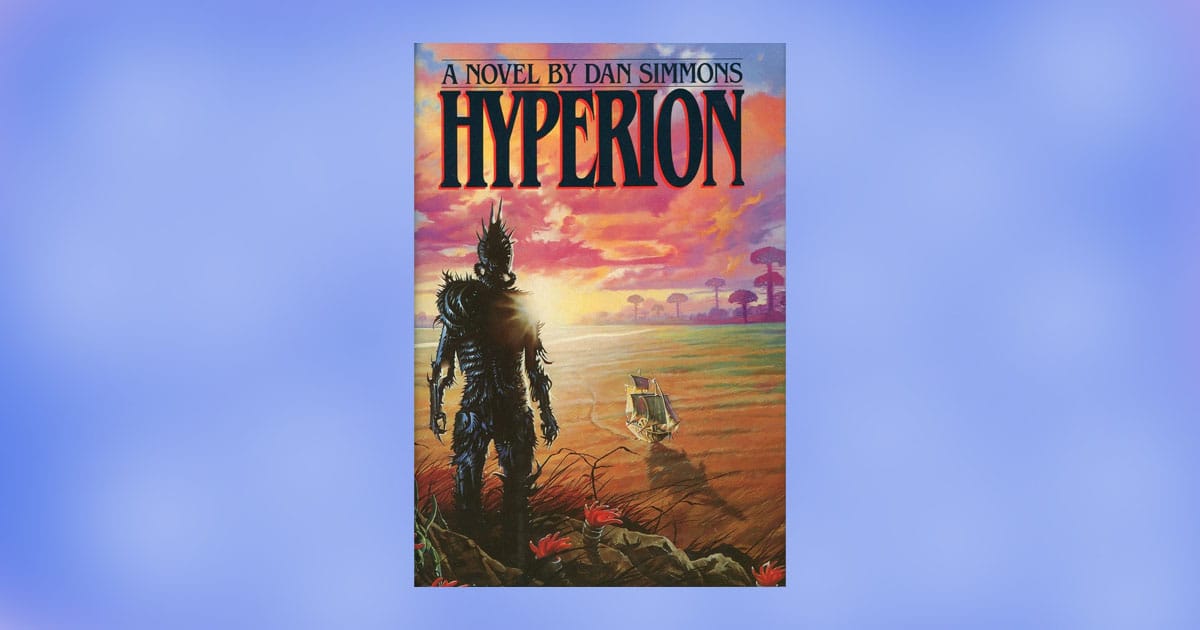
"Hyperion" by Dan Simmons unfolds like a literary puzzle box. Structured as a series of nested stories told by seven travelers on a pilgrimage, the novel mixes science fiction with history, religion, and poetry. The backdrop is a crumbling interstellar civilization, but the focus remains on human fears, hopes, and memory. Each tale adds detail to a growing mystery tied to the enigmatic creature known as the Shrike.
The writing is careful and often lyrical. Simmons borrows freely from literary sources without losing clarity or purpose. Though set in a future shaped by war and artificial intelligence, the book leans on character and atmosphere more than spectacle. For readers who enjoy complex structures and long-form storytelling, "Hyperion" offers rare rewards.
"Brave New World"
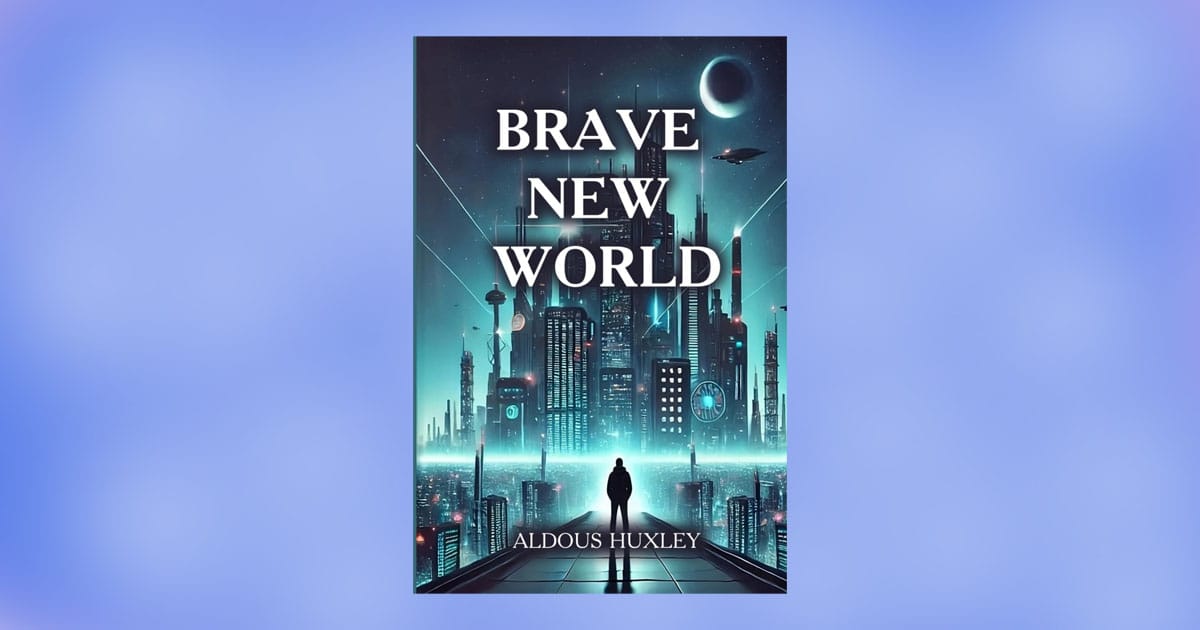
In "Brave New World," Aldous Huxley imagined a future shaped not by tyranny but by comfort. Citizens live without pain, conflict, or want, guided by genetic design and chemical ease. Yet beneath the surface lies a quiet unease—one that asks whether a society without suffering still allows room for meaning. The book treats pleasure not as reward but as a tool of control.
Huxley's prose is smooth, almost clinical. The ideas unfold with the pace of a social study, not an adventure. This is not a warning delivered with noise, but a suggestion made through contrast. For those interested in how science might shape values rather than tools, the novel remains one of the genre's most careful explorations.
"The Stars My Destination"

Alfred Bester's "The Stars My Destination" blends fast-paced storytelling with sharp psychological insight. At its center is Gully Foyle, a man driven by vengeance in a future where teleportation—called jaunting—has reshaped society. The novel moves quickly, but behind the action lies a study of willpower, identity, and transformation. Bester builds a world where personal evolution becomes as crucial as technology.
The writing is bold without being careless. Experimental typography and fractured timelines add urgency, yet the structure never hides the ideas. Foyle's journey reflects both rage and revelation. This is not a tale of heroes, but of change pursued without apology. Few books from the 1950s feel this modern in form and energy.
"Stranger in a Strange Land"

"Stranger in a Strange Land" follows Valentine Michael Smith, a human raised on Mars who returns to Earth with no grasp of its customs or beliefs. As he learns to speak, think, and act among men, his outsider perspective raises questions about religion, authority, and the limits of freedom. Heinlein builds a world that seems familiar but reacts sharply to new ideas.
The story moves between satire and speculation. Some scenes press hard on cultural habits, while others lean into thought experiments about language and morality. The Penguin Galaxy edition presents the text in a durable, elegant format suited for display or rereading. Though written in the early 1960s, the novel remains one of Heinlein's most discussed and least easily classified works.
"I, Robot"
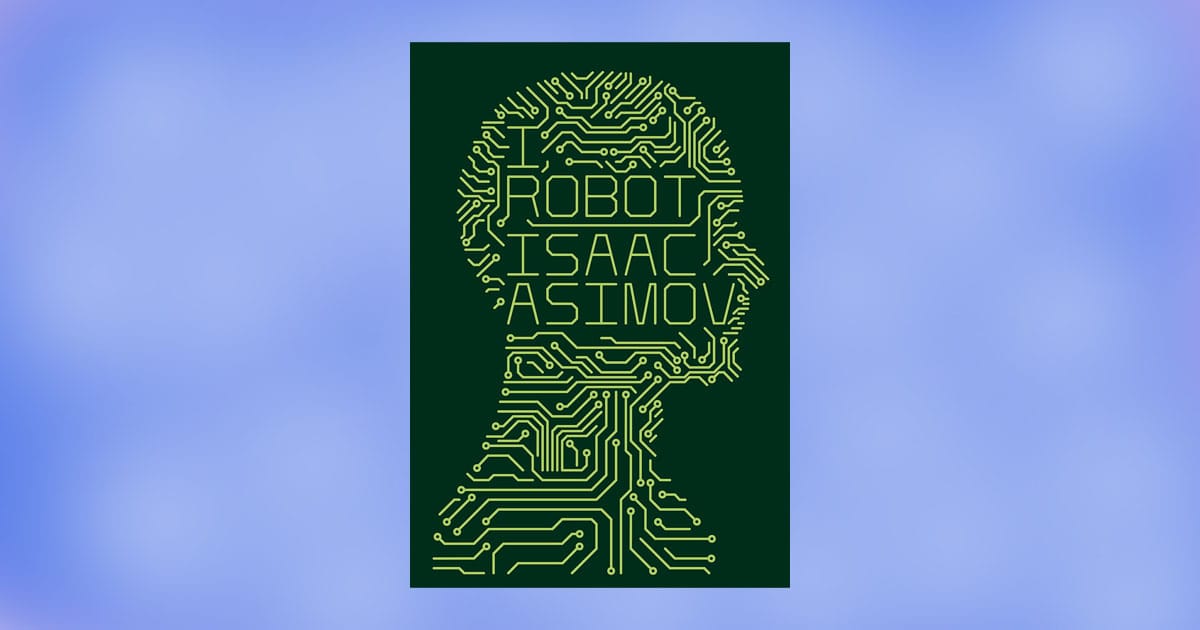
"I, Robot" collects a series of linked stories that form the bedrock of modern science fiction's treatment of artificial intelligence. Each tale explores a different aspect of how machines and humans interact, bound by the Three Laws of Robotics—a framework as famous as any in the genre. The stories blend logic puzzles with ethical tension, creating situations that feel plausible rather than fantastical.
Asimov's prose is clean and free of ornament. The focus remains on cause, effect, and consequence. While robots take center stage, the real subject is human behavior under pressure. The collection remains useful not only as fiction but also as a way to think clearly about the future. These stories shaped a generation of writers, engineers, and thinkers.
"The Martian"
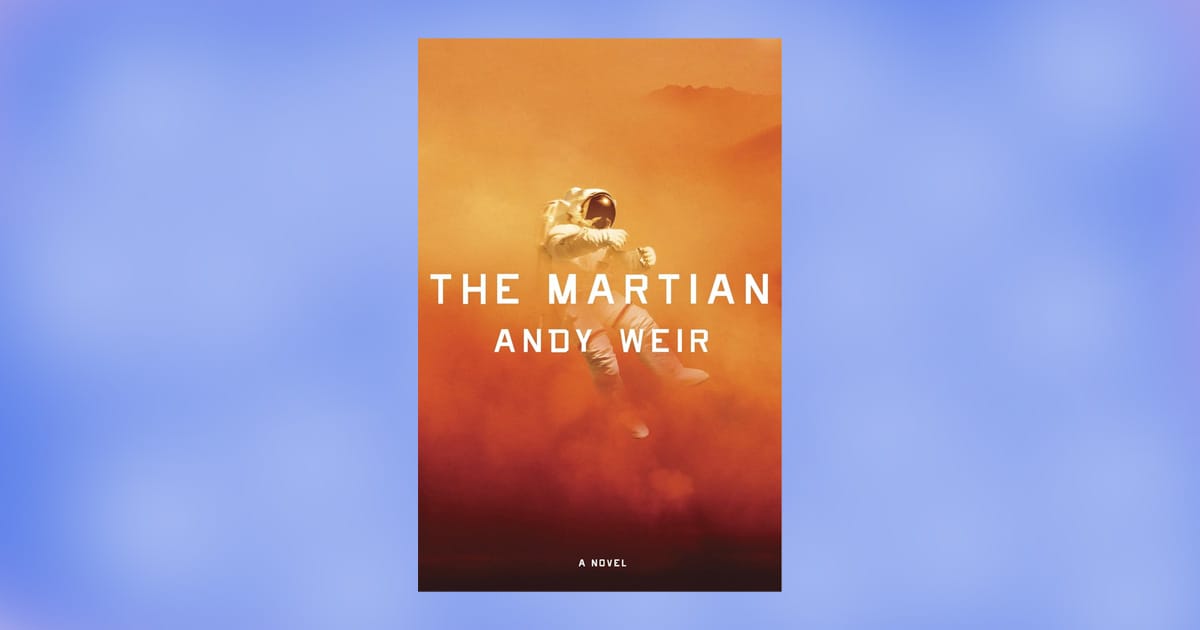
"The Martian" tells the story of Mark Watney, an astronaut left behind on Mars after a failed mission. With no immediate rescue and limited supplies, he turns to basic science and steady problem-solving to stay alive. The book avoids melodrama, choosing instead a practical tone that reflects the character's mindset. The result is both tense and oddly reassuring.
Andy Weir grounds the narrative in real physics, botany, and engineering. Humor appears in small bursts, often as a defense against despair. Though set on another planet, the novel remains focused on what one person can do when left alone with time, tools, and training. The story rewards readers who appreciate clear thinking under pressure.
Philip K. Dick Novels

This Library of America volume gathers four of Philip K. Dick's most influential novels: "The Man in the High Castle," "The Three Stigmata of Palmer Eldritch," "Do Androids Dream of Electric Sheep?," and "Ubik." Each title pushes against the boundaries of perception, memory, and personal identity. Together, they form a map of Dick's preoccupation with what can be trusted—and what cannot.
The writing is often brisk, sometimes surreal. Technology appears not as marvel but as complication. In Dick's worlds, reality itself may be flawed, temporary, or entirely artificial. These novels shaped science fiction's shift from outward exploration to inward doubt. Readers looking for certainty will not find it here, but they may come away asking better questions.
"Ender's Game"

"Ender's Game" centers on Andrew "Ender" Wiggin, a child trained through military simulations to fight a future alien enemy. The story follows his growth in an environment shaped by manipulation, isolation, and high expectation. Beneath the action lies a deeper concern: whether victory justifies the cost of understanding one's enemy too late.
Card's prose is direct, with an emphasis on clarity over flair. Strategy and ethics unfold side by side, creating a layered narrative that appeals to both younger readers and seasoned fans. Though filled with battles and tests, the story asks more about purpose than tactics. The book remains one of the most discussed titles in modern science fiction.

